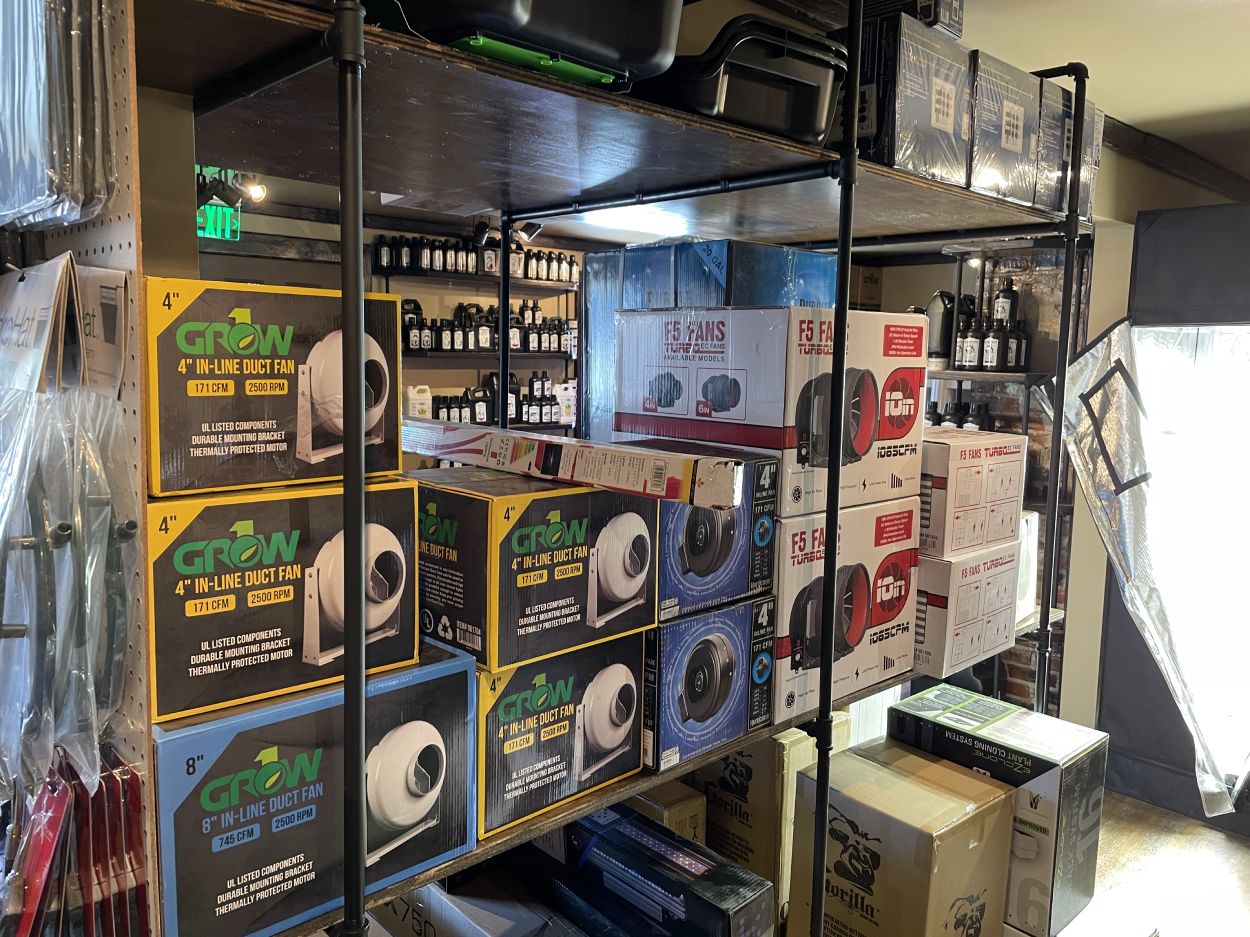The Indoor Earthworm: Releasing the Power of Worms in Your Hom
The Indoor Earthworm: Releasing the Power of Worms in Your Hom
Blog Article
The Ultimate Overview to Hydroponic Equipments and Techniques
Worldwide of modern-day agriculture, hydroponic systems have actually become a revolutionary approach for growing plants without soil. The careful equilibrium of water, nutrients, and light in hydroponic setups provides an encouraging choice to standard farming practices. As we discover the complexities of hydroponics in this comprehensive guide, we will certainly navigate through the various kinds of systems, explore the necessary nutrients crucial for plant development, and delve right into advanced strategies that can substantially boost yields. What occurs when common concerns develop in hydroponic systems? Keep tuned to unwind the troubleshooting techniques that can make or break an effective harvest.
Benefits of Hydroponic Systems
Hydroponic systems supply a multitude of advantages, consisting of effective source application and exact nutrient distribution to plants. By supplying a regulated setting for plant development, hydroponic systems make it possible for optimal water and nutrient usage, bring about greater returns contrasted to typical soil-based growing. This effectiveness not only preserves sources however likewise reduces waste, making hydroponic systems eco-friendly.
Additionally, the precise distribution of nutrients in hydroponic systems permits modification based on the certain demands of each plant selection. This targeted technique guarantees that plants obtain the appropriate equilibrium of necessary nutrients, advertising healthier development and decreasing the risk of nutrient deficiencies or inequalities. Furthermore, the capability to keep track of and readjust nutrient levels in real-time maximizes plant efficiency and general plant high quality.
In addition, hydroponic systems remove the requirement for herbicides and chemicals, as the closed-loop system decreases the risk of bugs and conditions that are typically located in soil-based farming - The Indoor Earthworm. This not only benefits the plants and the environment yet likewise adds to creating cleaner, healthier plants for consumption
Types of Hydroponic Setups

Deep Water Society (DWC) involves putting on hold plant roots in a nutrient remedy, permitting adequate oxygenation. Nutrient Film Technique (NFT) makes use of a shallow stream of nutrient solution moving over the plant origins, giving a continuous supply of nutrients. Ups and downs systems flooding the plant roots at periods, guaranteeing they get nutrients and oxygen. Leak systems entail leaking a nutrient solution onto the plant roots, using specific control over feeding. Aeroponics mists the plant origins with a nutrient option, maximizing oxygen absorption.
Each sort of hydroponic arrangement has its benefits and is fit to various plant ranges and growth phases. Recognizing the unique features of these systems can help hydroponic farmers choose the most suitable arrangement for their specific requirements and choices.
Important Nutrients for Hydroponics
In hydroponic systems, plants depend on an exact equilibrium of vital nutrients to prosper and expand efficiently. These vital nutrients are crucial for different plant features such as photosynthesis, root advancement, and overall growth.
Along with macronutrients, plants also require secondary nutrients like magnesium, sulfur, and calcium, along with micronutrients such as iron, copper, zinc, and manganese (The Indoor Earthworm). These nutrients are crucial for guaranteeing that plants have all the essential structure blocks to perform important organic procedures

Advanced Strategies for Optimum Return
To accomplish optimal yields in hydroponic systems, farmers can execute sophisticated techniques that boost plant growth and productivity. In addition, using techniques like plant training and pruning can aid enhance light circulation and air movement, making certain that all parts of the plant obtain appropriate light and nutrients. Using automated systems for nutrient shipment and tracking can assist preserve optimal nutrient degrees, lowering the risk of deficiencies or discrepancies that can hinder plant growth.
Troubleshooting Common Hydroponic Issues
One widespread issue is nutrition shortages, where plants lack crucial aspects for healthy development. Maintaining the appropriate pH range specific to the plant being expanded is vital for ideal nutrient uptake. By without delay recognizing and dealing with these usual hydroponic issues, growers can keep healthy plants and maximize yields in their hydroponic systems.
Final Thought
In final thought, hydroponic systems provide various benefits for growing plants successfully. With mindful preparation and interest to detail, hydroponic systems can change the way plants are cultivated, leading to even more lasting and productive agricultural techniques.
By offering a controlled setting for visit homepage plant growth, hydroponic systems make it possible for optimum water and nutrient usage, leading to higher returns compared to conventional soil-based growing. The Indoor Earthworm. Nutrient Movie Strategy (NFT) utilizes a shallow stream of nutrient service flowing over the plant origins, giving a consistent supply of nutrients. Surveillance and changing nutrient degrees based on plant growth stages is essential to stopping vitamins and mineral deficiencies or poisonings and taking full advantage of plant efficiency in hydroponic systems
Additionally, utilizing methods like plant training and trimming can help maximize light distribution and air movement, ensuring that all parts of the plant receive sufficient light and nutrients. Making use of automated systems for nutrient delivery and monitoring can help maintain optimum nutrient degrees, lowering the danger of shortages or inequalities that can hinder plant growth.
Report this page